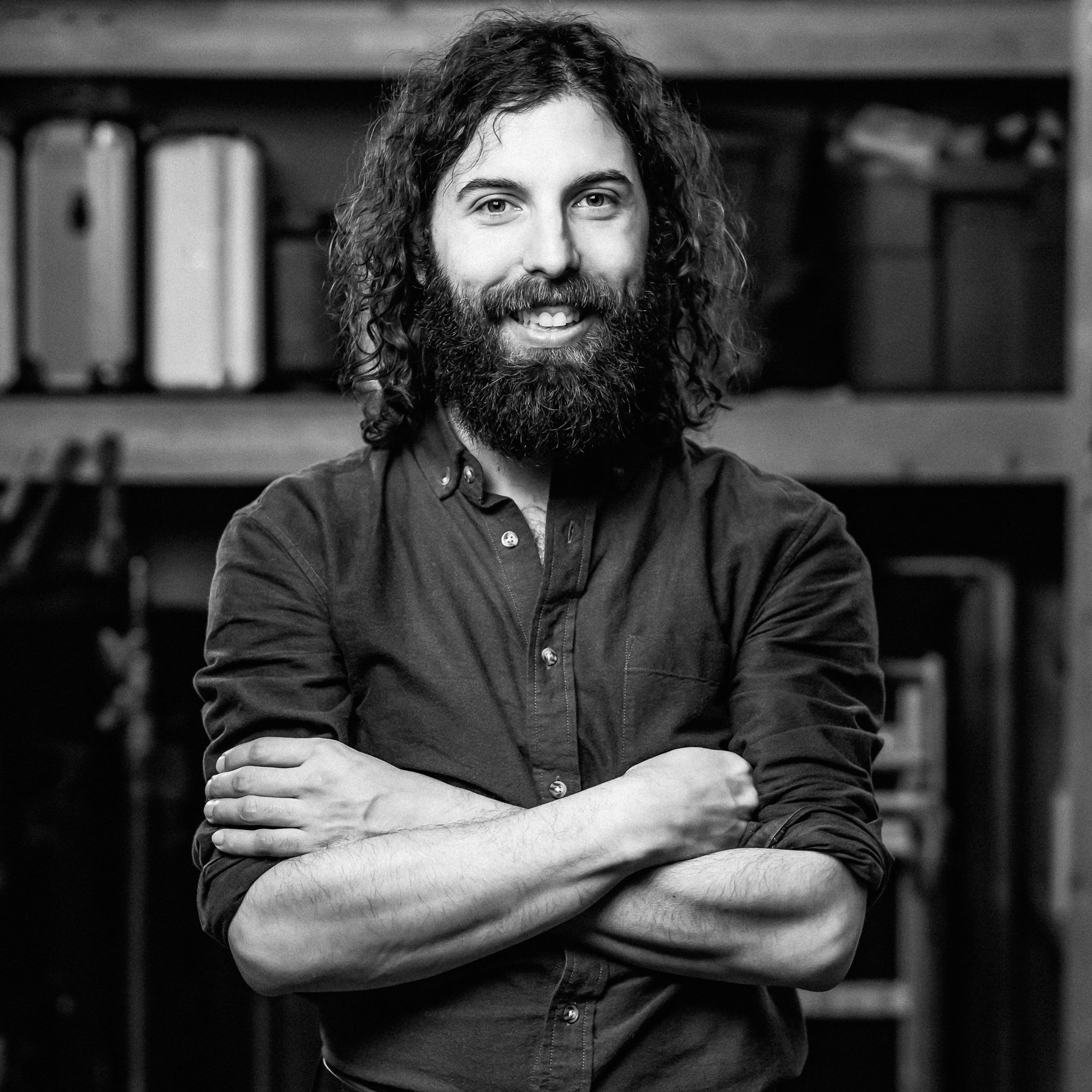
David ricard mixbus audio full#
My very first experiences were in big studios with full analog boards and walls of gear.

How did your production/mixing/mastering techniques evolve since you started?ĭavid: They changed quite a bit. The Magnetismus offers a wide variety of different clipping modes and sounds for that.Ĭan you describe the most important aspects of your work in 3 short sentences?Ģ) It’s all about the details if you want to beat the competition (because you’re in a market when you do this professionally).ģ) Don’t be afraid of being bold - if you don’t have your sonic signature, you’re just following trends and you will always be late to the party. The Magnetismus came after when I was fine-tuning both my mixing and mastering rigs to achieve that density and, let’s say it, loudness, without squashing things and adding color at the same time when needed. The fact that that one came with a Pultec boost section was something very new, and it packed a lot in 2 rack spaces, which was also a good selling point. Before you got your Tegeler unit, which changes in tone or workflow did you look for and why did you decide to go for our Magnetismus and the Creme?ĭavid: I got the Creme first, and at that time I was looking mostly for a dual bus unit, a glue compressor, and the SSL style has always been my go-to for most of my mixes. You will never know where it could end up in a mix, but it will end up on something all the time.īuilding an analog setup is all about creating a signature sound and constantly developing it further. It has a learning curve, especially for people who don’t have much experience with analog gear, but it’s worth learning it because probably even more than the Creme, it can be used to enhance all kinds of material, from drums to instrument busses and everything in between. It gives you all the things we like about both a tape machine and driving gear hard, such a reducing peak nominal level in favor of a better crest factor and density on the material. The Magnetismus is quite a unique unit, I can’t think of any other like it. I think it’s a great unit for vocals as well, for example. I like it because while it gives that classic behavior we all love from both sections, it’s also not too colored and that makes it suitable for many uses, not just dual bus. The Creme is a big bang for the buck and it packs 2 classic units in one, with the VCA-style compression and the Pultec-style EQ, all in one box. I have extensive experience with both the Creme and the Magnetismus 2 - both units are great. My room is built around my main monitors Eve SC3012, the biggest in their line, which I also pair with a few other smaller monitors. I have over 40 channels of analog and too many compressors and EQs to even remember all of them at times. Tell us about your audio setup in general and, of course, in which part of your processes our product(s) are most important to you.ĭavid: My work behind the knobs is nowadays split pretty much 50/50 between mix and mastering jobs.

I do artist development and I’m the creative director of my upcoming alt-popstar Bella Kelly.
David ricard mixbus audio professional#
My name’s David Gnozzi, I’m a professional mix and mastering engineer, producer, and founder of the YouTube channel MixBusTV based in Los Angeles, California. Please introduce yourself to our readers!ĭavid: Hello guys, thank you for having me. Hi David, thanks a lot for taking part in our interview series. If you want to learn what is a professional sound engineer's approach to his daily studio work, look no further: this guy will give you all the answers you need! Platinum mixing and mastering engineer David Gnozzi, based in Los Angeles, shared with us his career secrets, workflow, and the importance of his YouTube channel, MixBusTV.


 0 kommentar(er)
0 kommentar(er)
